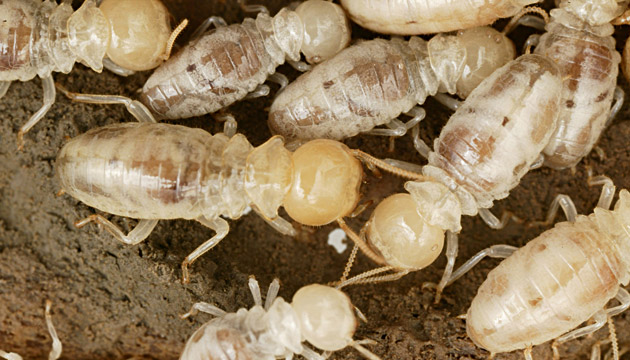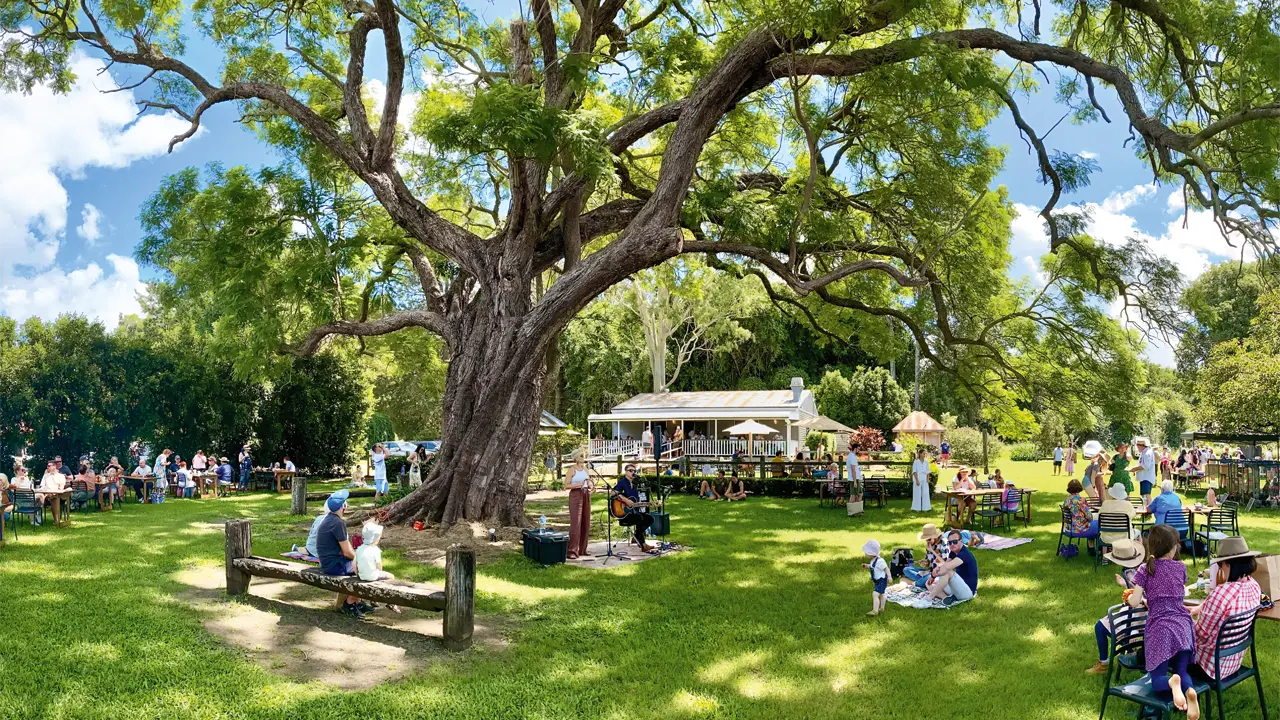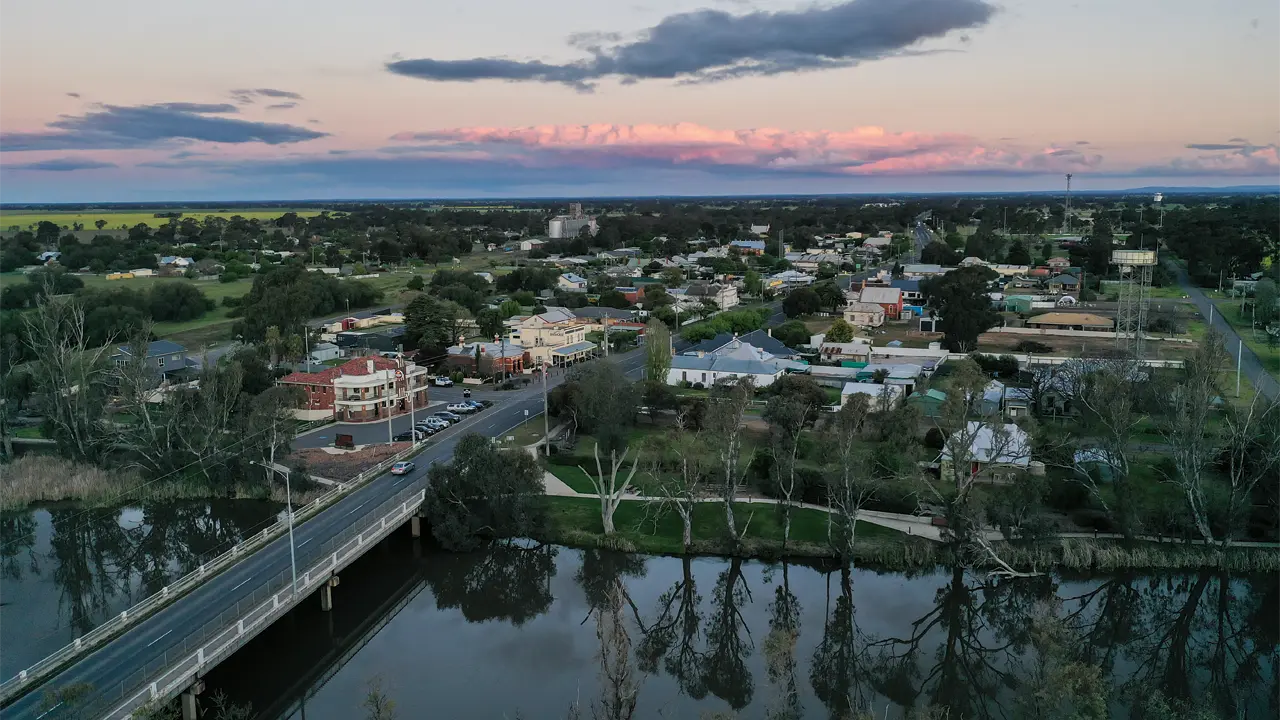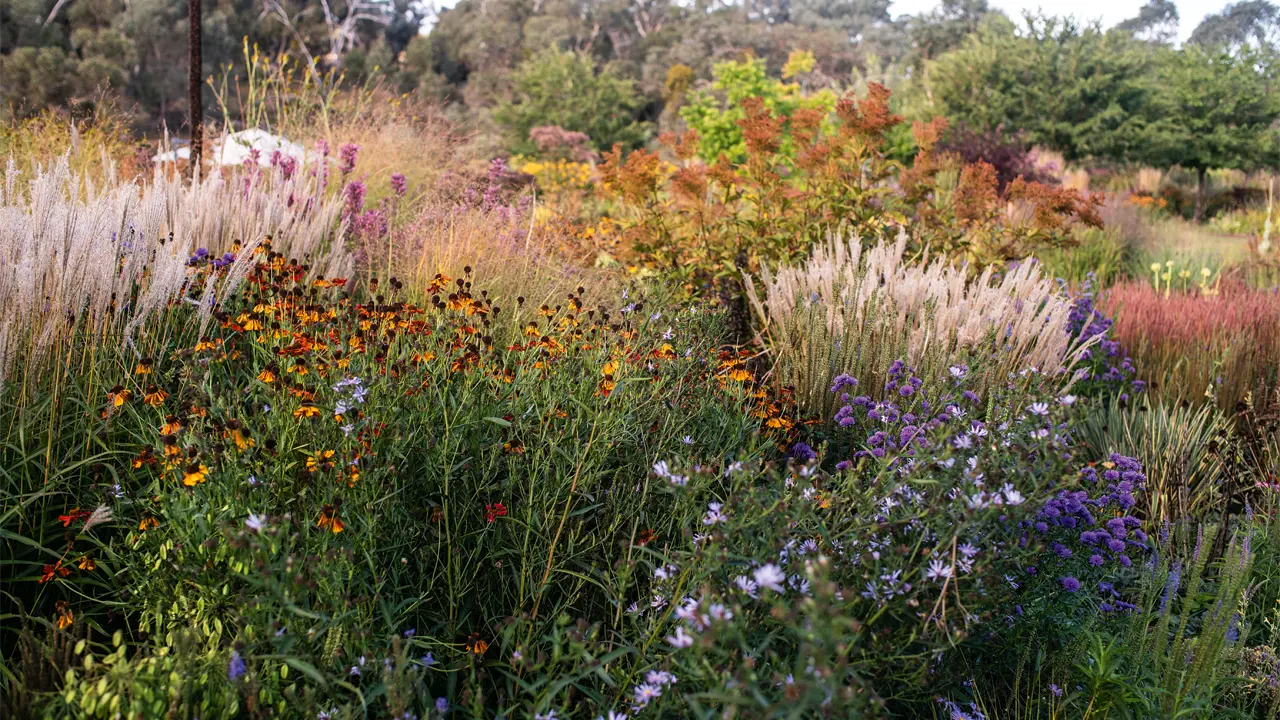Much maligned, termites are capable of doing everything from making didgeridoos to improving farming soils and helping miners discover gold.
Story Tim Low Photo CSIRO
Although tiny, termites help shape whole landscapes. They touch the lives of Australians in ways that often aren’t recognised, for example by hollowing out didgeridoos and by improving soil on farms. In times past, their crushed mounds were made into tennis courts, cricket pitches and country roads.
Pest experts contend that one in every three Australian houses comes under attack from termites. But not all of the 350-odd termite species in Australia eat wood, and the destruction termites can cause is only a small part of their story. “Most of the books you see about termites are all about them as pests and how to eradicate them,” says Broome naturalist and author Pat Lowe. “But most are harmless, and doing very good things to the soil.”
Pat rose to the tiny insect’s defence when she wrote Our Friends the Termites. In the book, she depicts them performing the work of ploughs, moving soil and aerating it, and breaking down leaf litter. “Termites take the place of earthworms in the drier parts of Australia,” Pat says.
Their mounds are constructed mainly from clay, which, in sandy places, they mine underground. As well as proving a sturdy building material, clay contains the nutrients plants need, serving as fertiliser when old mounds decay. Termites in north Queensland were found to be turning over 300–400 kilograms of soil per hectare, greatly enriching the surface. Their tunnels in the soil also increase rainfall penetration. The large amount of grass and spinifex that northern savannah termites eat makes them the biological equivalent of herds of large grazing mammals that eat grasses in savannahs overseas.
Cathedral termite mounds in northern Australia – up to 8 metres high and weighing up to 10 tonnes – are some of the biggest structures built by any animals on earth. Water is transported from up to 80m underground to keep termite nests humid, and the covered galleries the termites create to reach edible wood and grass can extend a hundred metres from the nest.
This story excerpt is from Issue #115
Outback Magazine: October/November 2017










